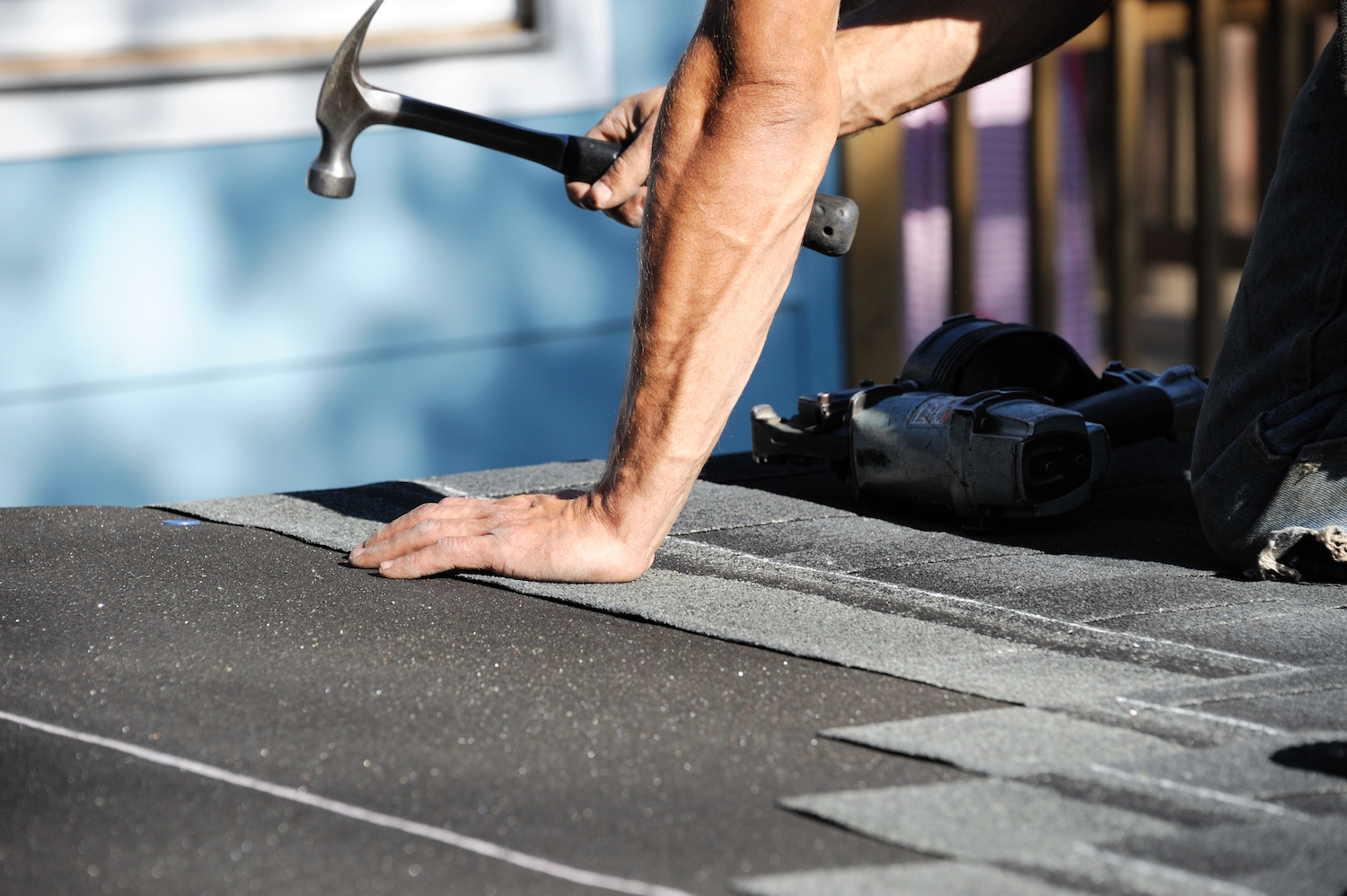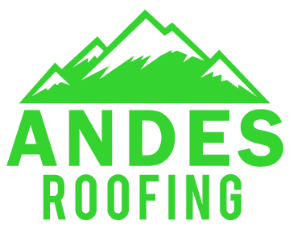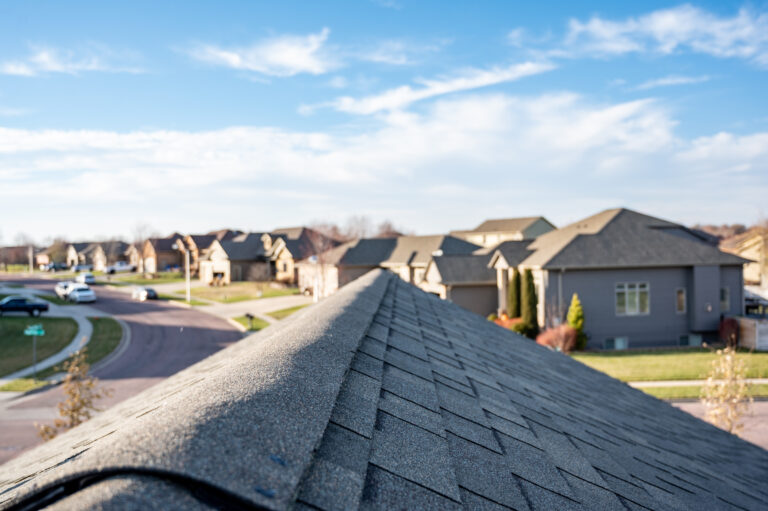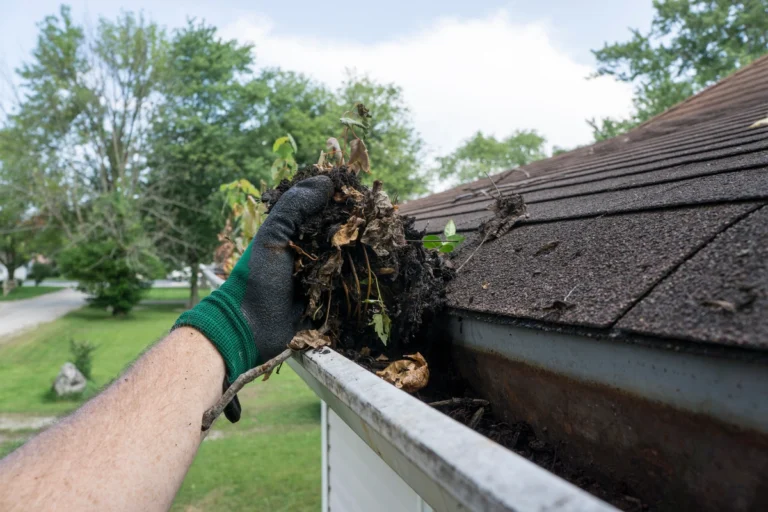You have just purchased your new home or maybe you just finished constructing your new dream house. What’s the next step? Adapting to the reality of owning a home. Now, you’re responsible for all repairs, checks, planning maintenance, and calling a roof repair expert if needed.
Your roof is one part of your home that you must monitor regularly. A well-maintained roof will save you lots of money in the long run and will always ensure your home retains its curb appeal.
But can you do all these if you don’t understand how the roofing system works? Certainly not! The following DIY roof repair tips will get you started.
Types of Roof Repair
Many factors affect the state of your roof, and you would consider various factors before opting for a roof repair. Before embarking on a DIY roof repair task, remember not all problems are simple as they look.

What you think it’s a simple job, such as replacing a couple of shingles, could be a sign of a major invasive issue that requires a professional touch. If you are uncertain of what you are doing, it’s always best to call a roof repair specialist.
1. Have Your Safety Equipment in Order
If you have done roof repairs before, you may not have any equipment. You can rent or purchase safety gear – such as roofing nailers. Renting is a reasonable option if the roofing project is a one-time task. But if you want to understand the trade and you are looking to do more roofing repairs in the future, consider getting your own safety equipment.
If you haven’t worked on a roof before, then you probably don’t have the equipment yet to take
2. Clean Your Roof Thoroughly
Before starting your DIY roofing work, clean the roof first. Leaves, twigs, and other debris clog the roof over time. Cleaning the roof lets water drain efficiently. All you need is a household broom to sweep away the debris.
Sweep the debris in the direction of the shingles to prevent breakage. Do not use a power washer on the roof because the force caused by the machine can damage the shingles. Also, don’t forget to clean the gutters.
3. Inspect Your Roof Well
It may appear easy to identify roof leaks and other issues, but spotting the roofing problem or the source of a leak can be difficult for some people. Inspect the interior and exterior of your home thoroughly. Check the walls and attic insulation for signs of mold, stain, or water damage to determine the source of the problem.
It would help if you also inspected the shingles, step flashing, skylights, and vents. Get rid of broken shingles with a utility knife. Note all the areas that don’t have shingles – mark them – so you know where to install them when replacing them.
4. Evaluate Flashing and Vents
Once you are done with the inspection, start assessing vents and flashing, as this is where a leaky roof has its issues. Cracked caulk in these sections permits moisture into the attic. Therefore, it is good to stay on top of your maintenance and use the right seal to these areas of the roofing system once you have a leaking roof.

5. Get Rid of Remaining Debris
Once you have identified all the areas with an issue, it’s time to address each problem. Start your DIY Roof repair with a clean and safe slate. This helps you not miss any crucial process. Using a regular broom, get rid of all the remaining debris on the roof.
6. Salvage Roof Shingles
Roofing materials are made to serve you for a long time. However, the economy’s volatility cannot stop businesses from going under. While repairing your shingles, try to salvage as many shingles as you. This is because homeowners have been having difficulties matching original shingles to the style or material when replacing them.
You can use recycled shingles to cover areas on the roof that don’t have them. Use a hair dryer or a heat gun to soften brittle asphalt shingles. Then use a nail gun, roofing cement, and caulk to secure the shingles in place.
7. Do Not Expose the Nail Heads
After you are done with the shingles, replace the ridge cap to fix any chimney and ventilation flashing or stop leaks. It is important to clean yourself after that. Check to see if there are any nails near the fresh shingles. Remember, the shingles must rest in two layers. Nonetheless, the upper nails may still be exposed. With the caulk, make a seal on the nail heads to prevent the shingles from getting exposed when it rains.
8. Stop When it’s Time to Say No
Even though you may know how to do some DIY projects on your own, understanding roofing matters is serious. Most homeowners normally get over their heads and try to do everything independently, even when repairs require an expert.
You can do some repair tasks in minutes, while others may require the skills of an experienced roofing repair expert. Some serious roofing issues you should entrust a repair professional with are:
- Ineffective repairs
- Untraceable damage sources
- Multiple leaks
- Steep roof slopes
When Should You Call in a Professional?
While there are a couple of DIY projects you can do on your own or with the help of a friend, there are numerous situations when it’s ideal to leave the work to an expert contract.
For instance, if you have a seriously damaged roof, doing shady repairs on it could result in disaster down the line. A simple leak can turn into a collapsed roof. Heavier damages and leaks are best left to a seasonal roofing contractor.
If you reside in an area that experiences snow or rain, ensuring you have a sturdy roof to withstand big snowstorms and heavy rain is important. If your roof gets beating all year round, consider hiring a roofing expert.
Moreover, if a storm damages your roof, you can get insurance compensation for a new roof replacement. You should let a professional handing all storm damage to prevent voiding your insurance coverage.






